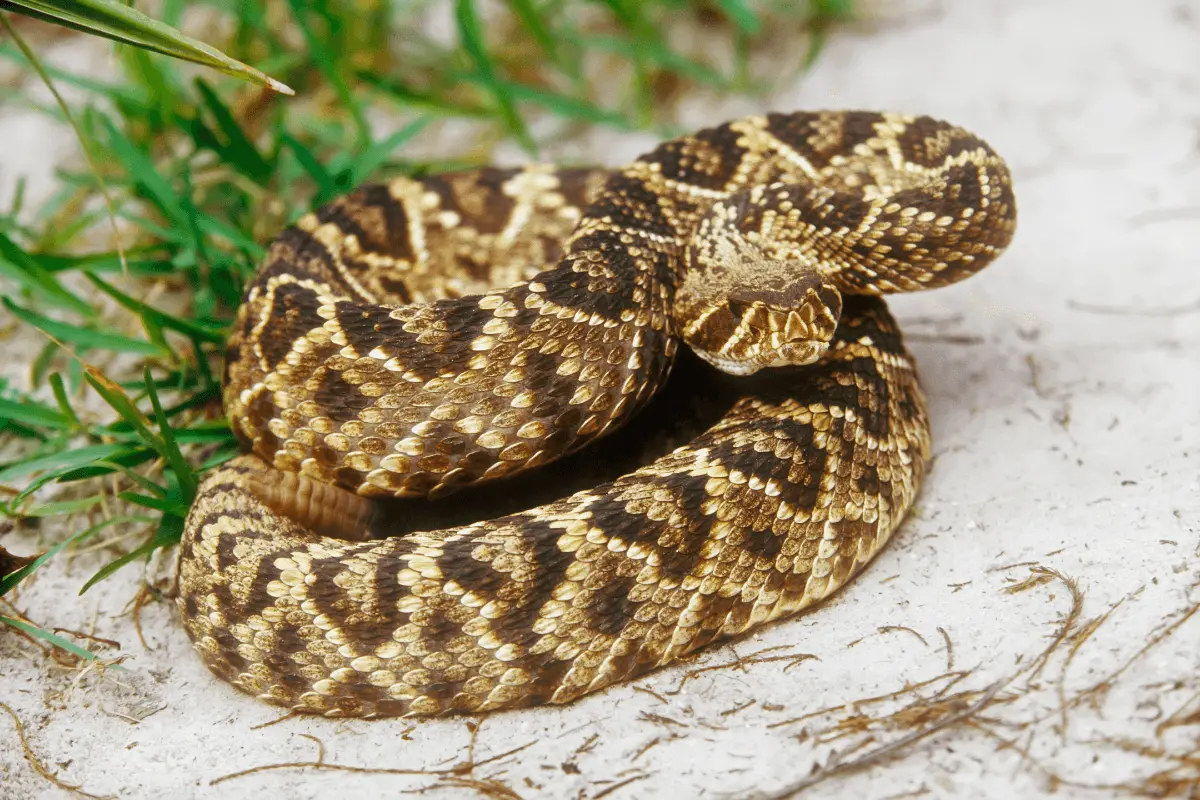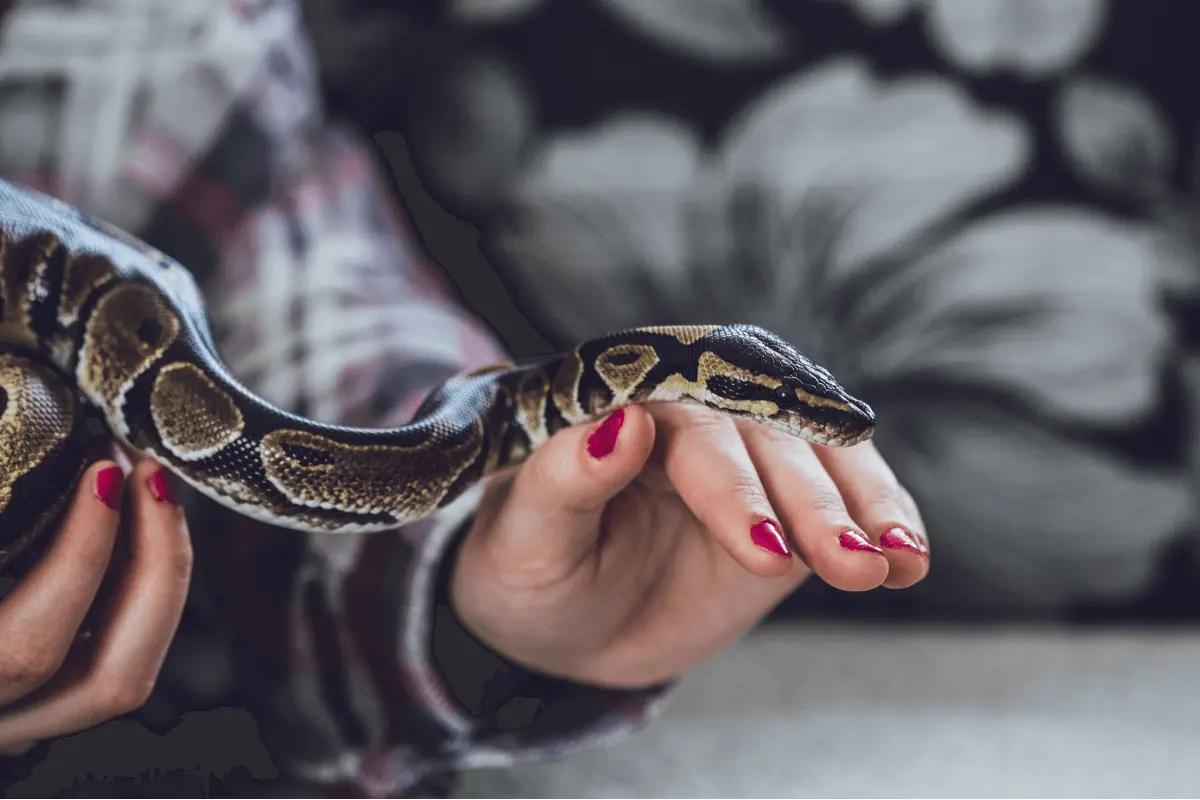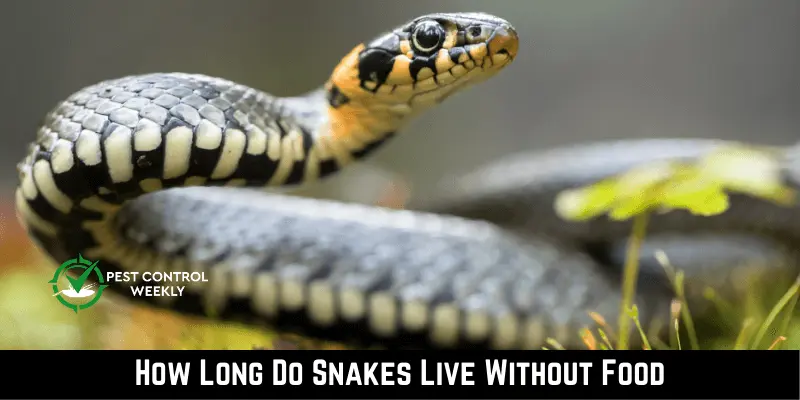Do you have a pet snake? If so, you must be worried about its eating habits because snakes don’t eat frequently. As a snake owner, you must have various questions about snakes. The most important one is; how long do snakes live without food?
Snakes can live without food for two months, while wild snakes can go without water for weeks up to months. It is determined basically by their species, age, and living environment. A pet snake has different feeding habits than a wild snake surviving in harsh conditions.
Do you want to know more about snakes’ survival and eating habits? If yes, read the below guidelines to learn everything about it.
Factors That Influence the Snake’s Ability to Live Without Food
According to the book A complete guide to the Snakes of Southern Africa , almost 3900 snake species are present worldwide. However, only a few snakes live as pets. Although different snakes have different eating habits, the below factors influence the ability of all snakes to live without food.
Type of Snake and Size
The most crucial factors influencing snakes’ survival are their shape and size. Tiny snakes have a quick metabolism and need frequent meals, whereas larger snakes have a slow metabolism and can spend weeks without eating.
Age of Snake
Age is one of the essential factors affecting the snake’s eating habits. As newborn snakes such as hatchlings grow rapidly, they eat every other day and have a faster metabolism. On the other hand, adult snakes feed only once a week.
Breeding Period
When it’s time for breeding, the majority of snakes stop eating. Some male snakes cease eating for weeks, months, or even a year upon smelling the ovulating females. Similarly, female snakes stop eating immediately before laying eggs.
Shedding of Old Skin
Shedding or dropping of skin is another factor that influences a snake’s body metabolism. Snakes don’t eat during the period of shedding or droppings. You don’t need to worry about; if your pet snake has clouded or milky eyes, a pink underside, and a blanched appearance because it is the time to shed older skin.
Period of Year
Specific seasons and times of the year greatly affect the snake’s eating habits. Some snakes hibernate in winter and stop eating. It is because the snakes have an internal clock, and as the weather turns chilly, their metabolism becomes slow.
Type of Food
The type of food and change in dietary schedule may cause illness in your snake. Some snakes don’t eat frozen food, improper prey, small-sized rodents, or recently deceased animals. Therefore, you should change your eating habits if your snake stops eating.
Inappropriate Conditions
Certain environmental conditions, such as lightning, temperature, humidity, and dust, influence the snake’s ability to thrive. As some snakes are nocturnal, they used to eat in the dark and reject feeding in the light. Moreover, if the weather is chilly, snakes don’t eat because they can survive temperatures up to 18.3 degrees Celsius.
Stress
The last factor that affects the snakes’ survival is stress. If your snake is stressed out, it will refuse to eat because it may feel insecure. Furthermore, you may enclose your snake with other snakes in a small enclosure and a noisy area. All these things depress your snake, and eventually, it stops eating.
The Survival Rate of Wild and Pet Snakes Without Water
According to the Journal Comparative Physiology of Fasting, Starvation, and Food Limitation, snakes, especially the wild ones, can survive a year of starvation. These reptiles become accustomed to the seasonal scarcity of food since it is abundant during certain times of the year.

Additionally, once snakes cease feeding and their metabolisms slow down, they survive the winter in a state of hibernation. Regardless of the situation, that capacity enables these creatures to thrive in the wild for a long time.

On the other hand, pet snakes have a low survival rate without food and water compared to wild snakes because they are less adapted to harsh environmental conditions.
Dietary Schedule of a Snake
The dietary schedule of a snake varies between different species. Ball python snakes aid in digestion by expanding their organs and are used to eat on and off. Infant snakes and persistent eaters may eat around twice a week, whereas infrequent feeders may go for extended periods without food.
Moreover, snakes undergo hibernation, which permits them to enter a deep state of inactivity during colder months. During this period, these cease their every activity, including eating.
Although many species take occasional breaks throughout extended hibernation periods to hunt for new food, corn snakes can go 2 to 3 months without feeding during hibernation.
Does a Snake Starve to Death?
Yes, snakes may starve to death if they don’t adapt themselves according to environmental conditions. These captive snakes have a short reaction time to stress, inappropriate temperature, light, and humidity. Their initial response is to stop eating.
In excessive heat, your snake’s body may stop metabolism and affect its immune system. Consequently, this leads to lethargy and weakness in snakes. Moreover, if your snake is ill, it can’t cope with any situation and will ultimately be starved.
Why Can Snakes Live Without Food?
Snakes can live without food for an extended period due to their metabolic rate. They can lower their body metabolism by up to 70%. As the metabolic rate decreases, they use fewer calories to maintain their body’s physiological functions. Therefore, snakes can live without eating because of the preserved energy.
Another reason for their survival without food is the starvation period. Snakes’ bodies have evolved in a manner that when they enter the hunger stage, they go through specific processes that allow them to survive for such a long time without food. During this period, they burn stored fats and fulfill their energy requirements.
How Do Snakes Eat and Digest Their Prey?
Although all snakes are ambush predators, they have evolved three main ways to catch prey, each of which has varied degrees of success depending on the size, type, and circumstances. Some snakes use needle-like fangs to inject venom into their prey’s bodies, while some snakes eat them by direct cutting or tearing.
The snake’s body changes dramatically after a fresh meal is delivered into the esophagus and starts the chemical process by breaking food inside the stomach. The actual digestive process can differ based on the snake’s size, the temperature of the surroundings, the size of the food, and several other factors.
How Do Snakes Conserve Their Energy?
As snakes are reptiles, they use an external source to conserve energy. They become active and move around when exposed to natural heat and light. And their best working temperatures are between 80 and 90 degrees Fahrenheit. Because of their slower metabolic rates, snakes need to eat less food overall and only require 20 to 25 percent of a mammal’s nutrient consumption.
It is one of the most effective ways to conserve energy during harsh conditions. Furthermore, it spares them the expense of retaining body heat or evolving specialized behaviors like hibernation, allowing them to survive in frigid climates.
Wrapping Up
Snakes are amazing reptiles that can live without feeding for weeks, months, or even years depending on their size, shape, and age. However, several pet snakes need regular feedings and a balanced diet, ideally complete prey.
Although snakes can live long without eating, you must feed your pet snakes frequently to keep them healthy. Hopefully, the above information has cleared your every query regarding a snake’s survival without food.
Above all, always examine the feeding instructions for a specific snake you wish to adopt, and get familiar with the prime causes of food refusal before becoming alarmed.
FAQs
References
McCue, M.D., Lillywhite, H.B., Beaupre, S.J. (2012). Physiological Responses to Starvation in Snakes: Low Energy Specialists. In: McCue, M. (eds) Comparative Physiology of Fasting, Starvation, and Food Limitation. Springer, Berlin, Heidelberg.
